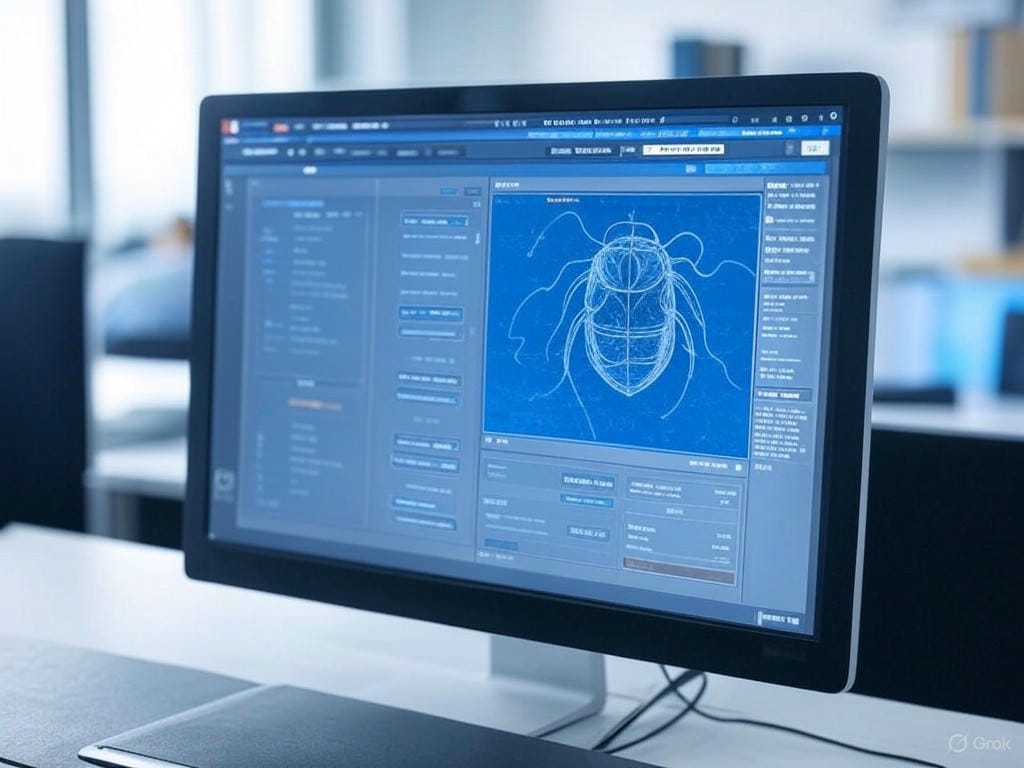What is Defect Triage in Software Testing? A Detailed Overview
In the realm of software development, encountering defects or bugs is an inevitable part of the process. These issues, which represent deviations from expected results or requirements, can vary significantly in their impact on the application. Some bugs may cause critical failures, while others might be minor inconveniences. To manage these issues effectively and ensure high-quality software delivery, a structured approach known as defect triage is employed. This process involves evaluating, prioritizing, and assigning defects for resolution, ensuring that the most pressing issues are addressed promptly.
The Concept of Triage in Software Development
The term ‘triage’ is borrowed from the medical field, where it refers to the prioritization of patient treatment based on the severity of their condition. Similarly, in software testing, defect triage is the process of assessing and ranking reported bugs based on multiple criteria such as severity, frequency, risk, and business impact. Severity indicates the degree to which a defect affects the application’s functionality or user experience, while priority determines the order in which defects should be fixed. The primary objective of defect triage is to focus resources on critical issues that threaten the product’s stability or customer satisfaction, while less impactful bugs may be deferred or even rejected if they do not pose significant risks.
Why is Defect Triage Essential in Software Testing?
Defect triage plays a pivotal role in software development, especially in complex projects with tight deadlines and numerous components. Without a proper triage process, teams may waste time on insignificant issues while critical bugs remain unresolved. Here are some key reasons why defect triage is indispensable:
- Resource Optimization: It ensures that development and testing efforts are directed toward high-priority defects, maximizing efficiency.
- Clear Prioritization: Triage eliminates confusion by establishing a clear hierarchy of issues to address, helping teams stay focused.
- Informed Decision-Making: The process facilitates data-driven discussions on whether to fix, defer, or reject a defect based on its impact.
- Enhanced Communication: It aligns all stakeholders—developers, testers, product owners, and sometimes customers—on defect status and resolution strategies.
- Quality Assurance: By maintaining a manageable defect backlog, triage helps uphold the overall quality of the software product.
How Often Should Defect Triage Meetings Occur?
The frequency of defect triage sessions depends on various factors, including the project’s phase, team size, and the volume of reported defects. For instance, during active development or release cycles, daily triage meetings may be necessary to address issues promptly. In more stable projects or during maintenance phases, weekly meetings might suffice. Additionally, ad-hoc sessions can be organized when a sudden influx of critical bugs is reported. The key is to establish a consistent schedule that meets the team’s needs and prevents the defect backlog from becoming overwhelming.
The Defect Triage Process: What Happens in a Meeting?
A defect triage meeting typically involves cross-functional team members, including testers, developers, product managers, and occasionally customer representatives. The primary goal of these sessions is to review newly reported and existing defects, assess their severity and priority, and allocate them to the appropriate team members for resolution. During the meeting, each bug is analyzed in detail to determine its impact on the application and end users. Decisions are made on whether a defect should be fixed immediately, scheduled for a later release, or rejected if it’s deemed non-critical or a potential feature request. This collaborative approach ensures that all perspectives are considered, leading to well-informed resolutions.
Key Considerations for an Effective Defect Triage Process
To ensure the success of defect triage, teams should focus on several critical aspects. First, bugs must be validated to confirm they are reproducible and contain accurate information for resolution. Second, the prioritization criteria—severity, frequency, risk, and business value—should be clearly defined and agreed upon by all stakeholders. Third, the process should not be overly complex; adopting straightforward principles can significantly enhance a project’s effectiveness. Finally, for larger projects, defect triage is often more applicable and necessary compared to smaller initiatives where informal bug tracking might suffice.
Conclusion: Enhancing Software Quality Through Defect Triage
Defect triage is a cornerstone of effective software testing, enabling teams to manage bugs systematically and deliver high-quality products. By prioritizing critical issues and optimizing resource allocation, triage ensures that software development remains on track, even in the face of numerous defects. Whether you’re working on a large-scale project or a smaller application, implementing a robust defect triage process can significantly improve communication, decision-making, and overall project outcomes. Understanding and refining this process is essential for testers, developers, and project managers aiming to release reliable and user-friendly software.

Leave a Reply